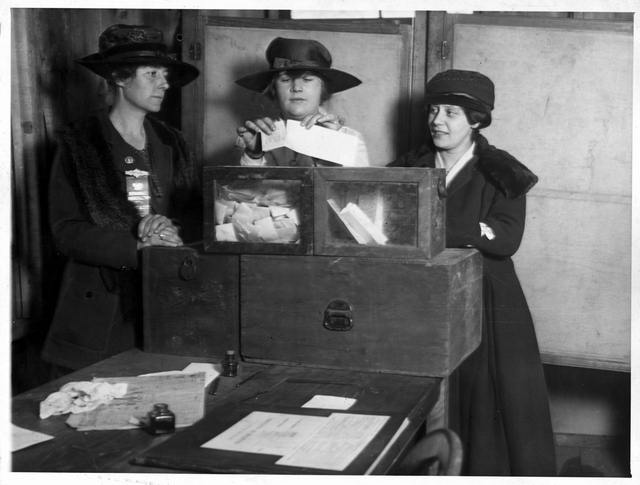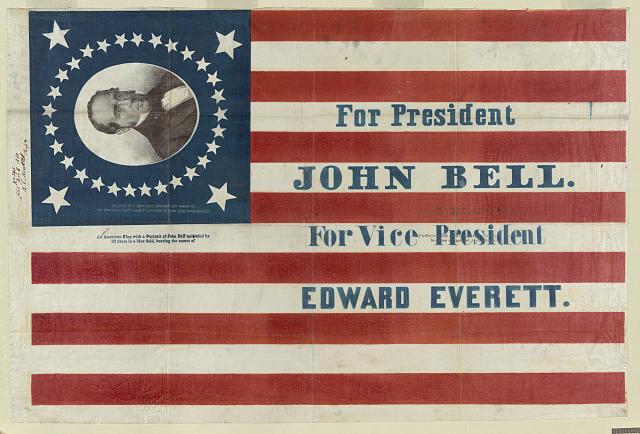History
You are here: Census.gov › History
U.S. Census Bureau History: Voting and Elections

Women voting in New York City, ca. 1920.
Photo Courtesy of the Library of Congress.
November 6, 2012, is election day in the United States. Across the country, citizens will vote for the leaders of their communities, cities, states, and the nation. The U.S. Census Bureau’s Current Population Survey has gathered data on voting and registration since 1964. In addition, data on the voting-age population is available from the decennial census. Below are some facts about voting in the United States:
- In 1920 [PDF 156 KB], nearly 27 million U.S. citizens cast votes in the presidential election, accounting for 44 percent of the voting-age population. In the 2008 presidential election, 64 percent of voting-age citizens voted.
- In 1964, voter participation was highest in Utah, where almost 79 percent of the voting-age population voted; Mississippi had the lowest rate at 33 percent. Four years later, Utah again had the highest rate, 76 percent, and Washington, DC, had the lowest rate, 34 percent. In 1968, Mississippi’s voter-participation rate was 51 percent.
- Among the voting-age population in 1972, 37 percent of Hispanics, 52 percent of Blacks, and 64 percent of Whites voted. In 1980, 30 percent of Hispanics, 50 percent of Blacks, and 61 percent of Whites voted in the election.
- In 1980, nearly 8 percent of people registered to vote who did not vote gave "no time off or too busy" as their reason. By 1996, 21 percent stated that was their reason for not voting.

Selma to Montgomery, AL, Voting Rights March, 1965.
Photo Courtesy of the Library of Congress.
This Month in Census History
On October 17, 2006, the U.S. population reached 300 million. Today, 314 million people live in the United States.
Did You Know?
Data collected by the U.S. Census Bureau are used to enforce the Voting Rights Act of 1965. Section 203 of the Act states that voting jurisdictions must provide language assistance during elections for groups who are unable to speak or understand English adequately enough to participate in the electoral process. Using data from the American Community Survey, the Census Bureau identifies which jurisdictions must provide language assistance.
Contact Us
Questions or comments? E-mail the History Staff.


 Facebook
Facebook Twitter
Twitter Flickr
Flickr YouTube
YouTube